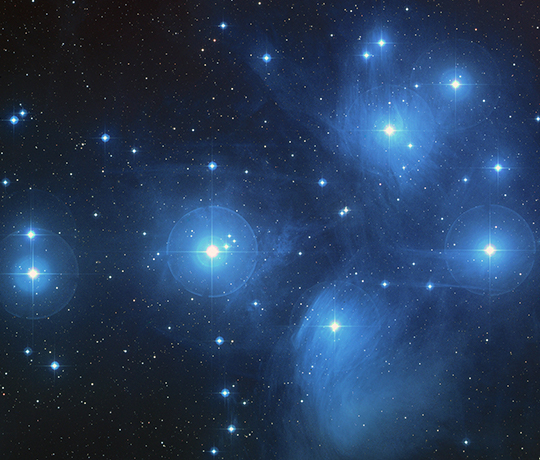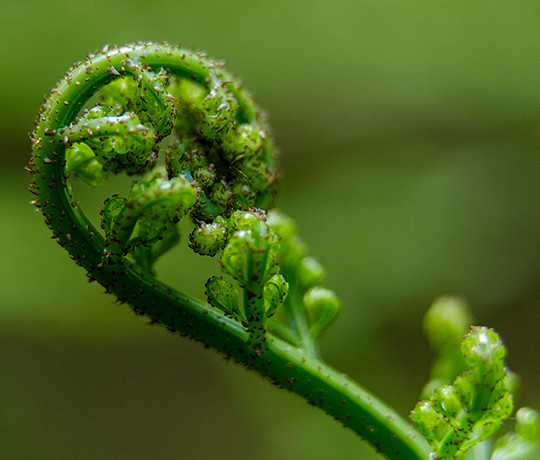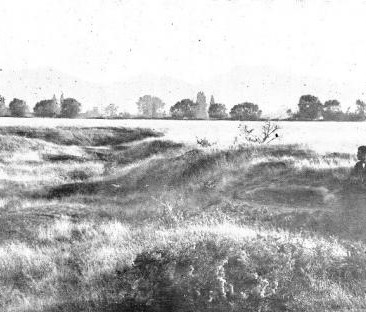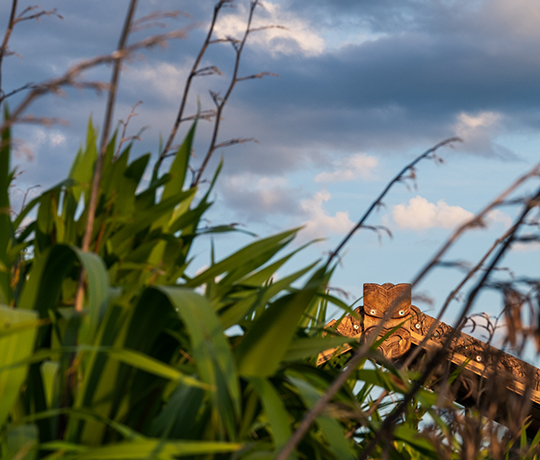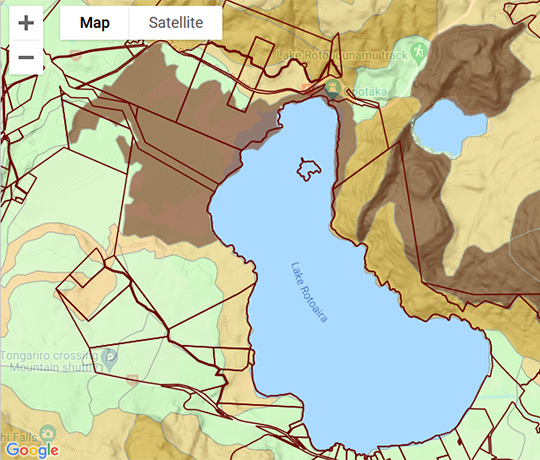TeAo Māori: History
Māori have had a long connection and understanding of soil reaching back centuries to Polynesian migration
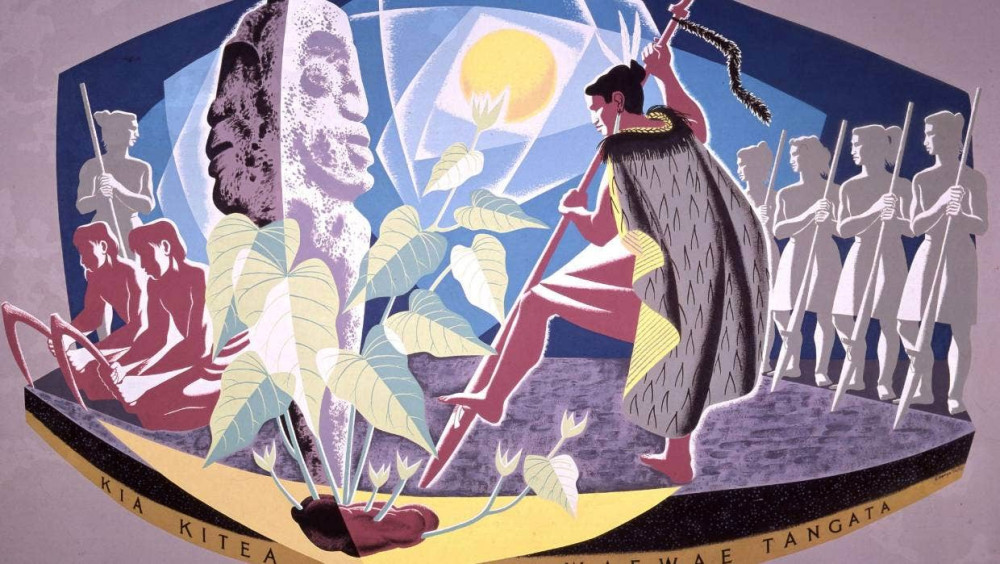
The knowledge (mātauranga Māori, mōhiotanga, māramatanga, tohungatanga) is ancient, traditional, historic, and contemporary. Soils have provided cultural, spiritual, social, emotional, and economic sustenance to Māori (Asher & Naulls 1987; Harmsworth 2020; Hutchings & Smith 2020). The interconnections arise from whakapapa (ancestral lineage, layering) and start with the time of creation from the separation of the primordial parents, Papatūānuku (the earth mother), Ranginui (the sky father), and the emergence of light and reality (TeAoMarama) as a dwelling place for humans, ecosystems, flora and fauna (Buck 1950; Harmsworth & Awatere 2013).
The stories of interconnection and interdependency often start with the first woman, Hine-ahu-one or Hine-hau-one (the female element), who was formed from the soil (i.e. a clay red earth/red clay – onewhero, at the place of Kurawaka) from which human beings originated. It is also often said that at death humans return to the soil. When Māui (a demi-god) failed to convince Hine-nui-te-pō, goddess of the underworld, to let humans die like the moon (die and return), she told him, ‘Me matemate-a-one’ (let man die and become like soil) (Harmsworth 2020).
Early Māori explorers who arrived on canoes from Polynesia were often interested in the cultivation qualities of soils in Aotearoa, as in ‘te taro o teora’, meaning sustenance. There are many old Māori proverbs (whakataukī) that contain reference to soil, and the qualities and characteristics of soil (Harmsworth 2020; Roskruge 2020).
Left: A 1962 mural by E. Mervyn Taylor entitled 'First Kumara Planting' once on display in the former DSIR Soil Bureau head office, Taita.
